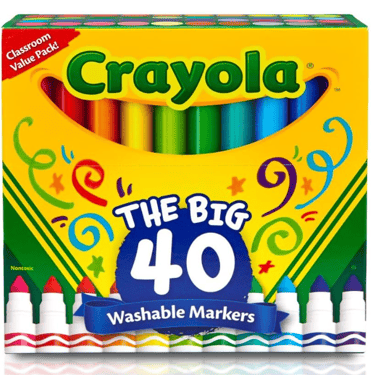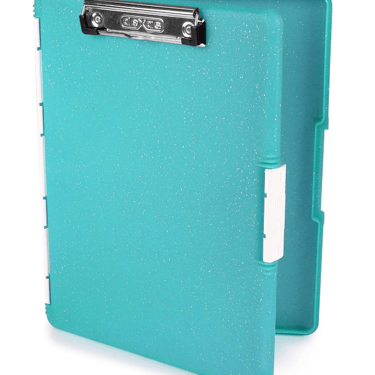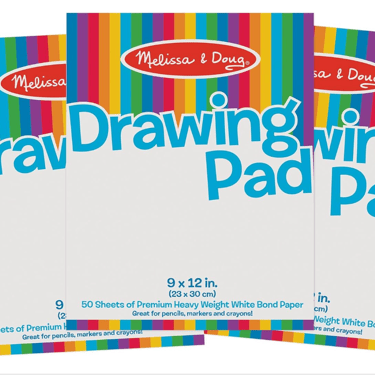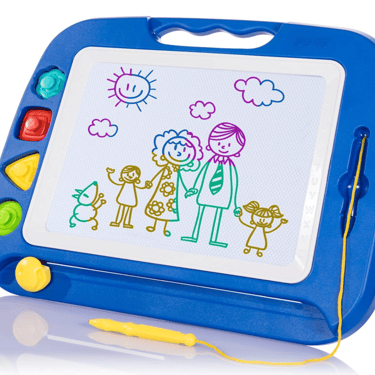Write Away!
Writing Practice and Skill
WRITING
12/1/20242 min read
Basics of Writing Skills
Fine Motor Milestones in Early Childhood
Building the foundation for confident writers starts earlier than you might think! Did you know that the journey toward writing begins as early as 12 to 18 months? It might sound surprising, but even before children understand what letters are, they begin developing the essential fine motor skills needed for writing
Early Stages (12–24 Months): Scribbles and Strokes
Between 12 and 18 months, children begin to make spontaneous scribbles. Start by setting your child up with a thick paper pad or regular paper secured to a clip board and a chunky crayon or washable marker. The random lines they will create are actually an important first step in developing control over their hand movements.
By 19 to 24 months, you may notice your child start to imitate vertical and horizontal strokes and even attempt primitive circles. These marks represent a growing awareness of shapes and direction—skills that are fundamental for future letter formation.
Age 2½ – 3 Years: Control and Recognition
As fine motor skills continue to develop, children around 2½ to 3 years old typically learn to accurately copy vertical lines, horizontal lines, and circles. Around this time, they also begin to distinguish between drawing and writing, even if their writing still looks like abstract art. Regular size crayons and large washable markers and even magna-doodles are perfect for this stage.
Preschool Years (Ages 4–5): Structured Shapes and Name Practice
By the time a child enters kindergarten (ages 4–5), their motor control has advanced enough to copy more complex shapes like squares, triangles, and ‘X’s. This is also the perfect time to start introducing the alphabet. They can also use alphabet or shape tracers to form creative shapes.
By the end of kindergarten, most children have established hand dominance (right or left-handedness), which plays a big role in writing fluency and comfort.
Pre-1A / Age 6: Mastery of Basic Letter Forms
At around age 6, children in Pre-1a continue refining their skills by learning to write their initials and name independently. They begin practicing writing uppercase and lowercase letters of the alphabet with consistency in form.
First Grade and Beyond: Sentence Writing and Grammar Basics
By First Grade, writing milestones become more academic. Children should now be able to differentiate letters like ‘b’ and ‘d’, which are often confused early on. They also begin learning to write complete sentences, use capital letters appropriately, and incorporate correct punctuation. Through practice, children will continue to perfect their handwriting skills. They will gain the confidence and ability to express themselves clearly on paper.
Why These Milestones Matter
Each step in this developmental journey builds the muscle control, coordination, and understanding required for fluent writing.
As parents and educators, being aware of these milestones helps us provide the right support at the right time, turning scribbles into sentences and shaky lines into strong communication skills.







